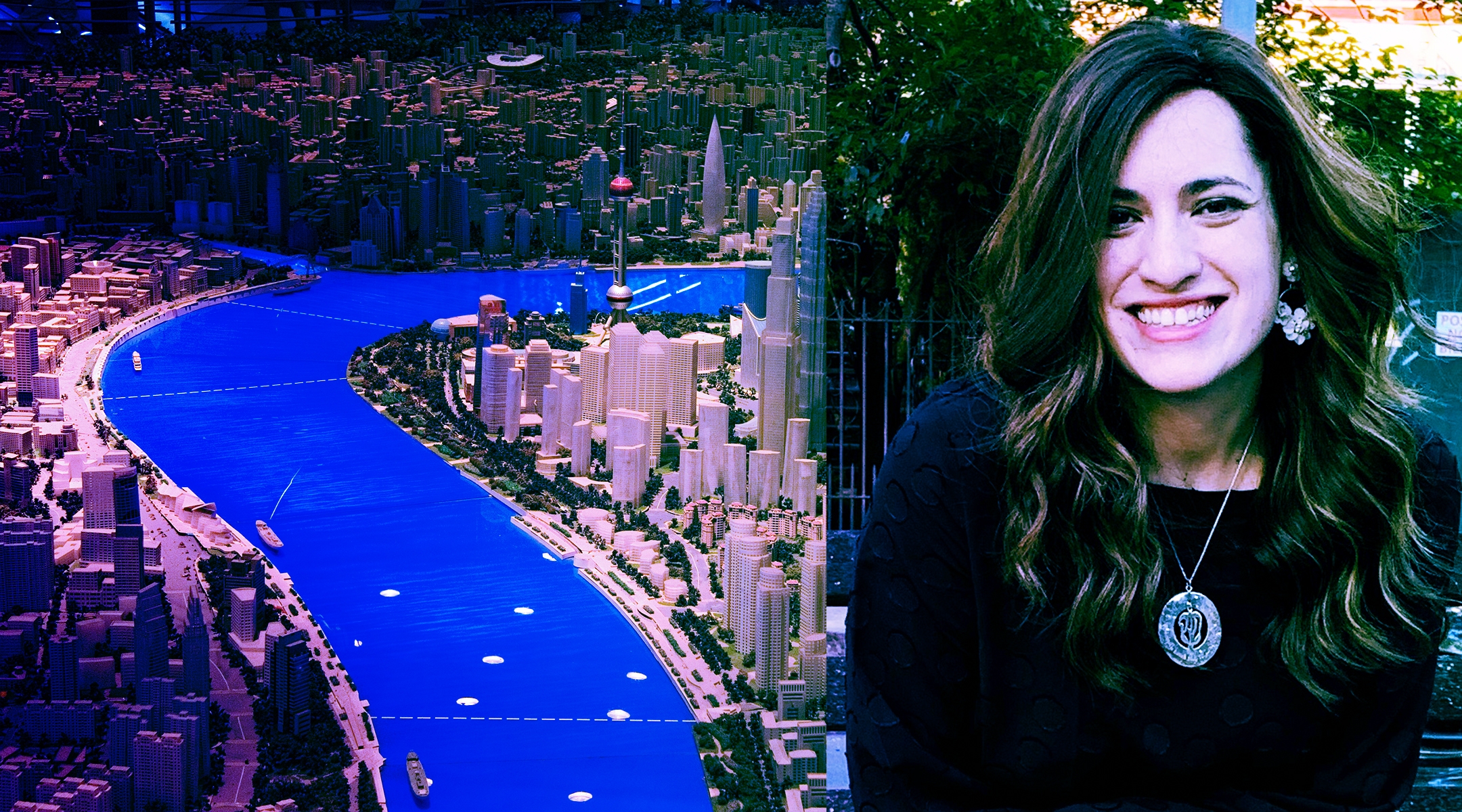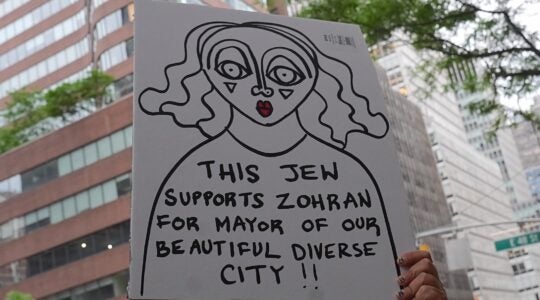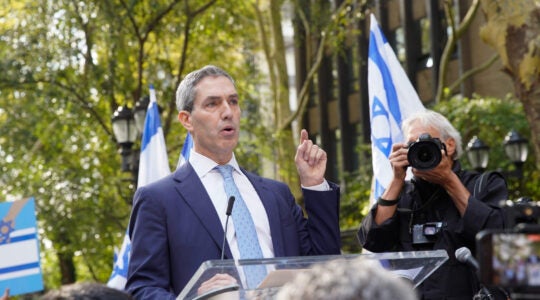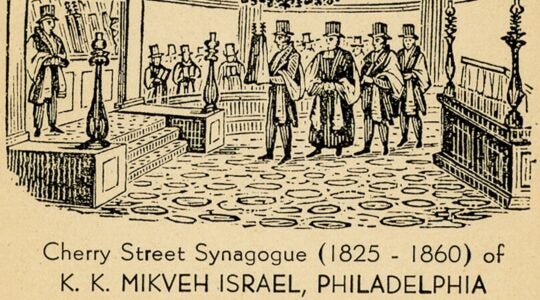CLEVELAND (JTA) — “Remember when we used to go to shul, Mommy?”
It’s Shabbat morning and my children are repeating the same weekly ritual which now seems to have replaced the practice of actually attending synagogue. While my husband and I pray, they pepper us with questions, comments and reminders about the world that once was. They wax poetic about the hot potato kugel at the weekly kiddush.
Prayers are great anywhere, I tell them. And though it doesn’t come out of the kitchen in a two-foot long pan, I remind them that my kugel isn’t half bad.
But what my children miss is not just the Shabbat services and observances — they are also missing the synagogue itself.
I study urban planning, so I have a framework for understanding what my children are yearning for. I know that social interactions are deeply shaped by physical environments. The design of a city — the built and natural infrastructure, the designated uses of specific spaces — affects the ways that people experience one another and themselves. And what does and does not get built, the amount of space that is dedicated to specific functions and the general flow of the city are fundamentally shaped by what the people within the city believe to be important.
The earliest cities were intended to serve as centers of worship and religious practice. Ziggurats, pyramids, temples, churches, mosques and other religious buildings not only served as a statement to the importance of the religion — they were also formally and informally used as mechanisms to maintain religious observance and social cohesion. Either directly, through sermons or practices, or indirectly, through communal gatherings and peer pressure, physical infrastructure plays a significant role in the enduring practice of religion.
So, it’s clear to me that months of isolation from synagogues, schools, religious non-profits and other internal social spaces — even the very cities in which they are located — will affect the Jewish community for longer than the virus requires.
With such an abrupt and extended interruption in practice and the decentralization of observance, can we expect that people will simply snap back when buildings reopen? Or will people find it difficult to readjust to the expectations of institutional Judaism having been without the communal aspect of the lifestyle for so many months?
What we know about public space suggests that the latter case is more likely. After months of distance prayer and individualized religious practice, we will grow distant from the social processes that our physical institutions enabled us to maintain.
By nature, individual household standards often differ from those that are enforced through institutions and communal systems. Even for those who can and do utilize technology to engage in prayers, learning and communal events, the experience just isn’t the same.
Changes to our Jewish space — now overwhelmingly personal and individualized — will likely mean changes in the ways we are Jews together. But this new state of Jewish life presents opportunities: When we return to them, we can use our physical institutions to strengthen individual growth and education, giving people the tools to thoughtfully engage with ritual, practice and belief.
Rather than disregard the value of individualized and personal spaces, we can think more creatively about how to create communal spaces that are as flexible, understanding and thoughtful as our personal living rooms. Spaces that encourage us to expand our mindfulness of the needs of others, that thrive on transparency and openness — spaces that enable us to avoid the perpetuation of hidden crises, financial debt and under-addressed mental health concerns.
We can redesign the physical layouts of synagogues to maximize the inclusion of people with disabilities, women, and children. We can set up prayer and communal spaces to allow people to interact with one another and encourage more thoughtfulness. We can use communal event landscapes — such as a kiddush — to engage in thoughtful conversations about food and housing insecurity.
These efforts will require leaders to adapt and bring new voices to the table. And we might be surprised to see that thoughtful design choices can actually enable, rather than hinder, inclusion, personalization and religious adherence.
We cannot pursue or achieve these goals if we maintain a desire and expectation to return to business as usual once the immediate health crisis has ended. Just as COVID-19 has forced us to rethink the ways we live our secular lives, revitalizing our community after this crisis will require our leaders to reconsider their own deeply held views on religious life.
I don’t want my children to spend every Shabbat trying to remember what once was. But with a bit of thoughtful work, they will gain tremendously from the Jewish spaces that can be.
This piece is a part of our series of Visions for the Post-Pandemic Jewish Future — click here to read the other stories in this series. Use #JewishFuture to share your own ideas on social media. If you’d like to submit an essay for consideration, email opinion@jta.org with “Visions Project Submission” in the subject line.
JTA has documented Jewish history in real-time for over a century. Keep our journalism strong by joining us in supporting independent, award-winning reporting.







